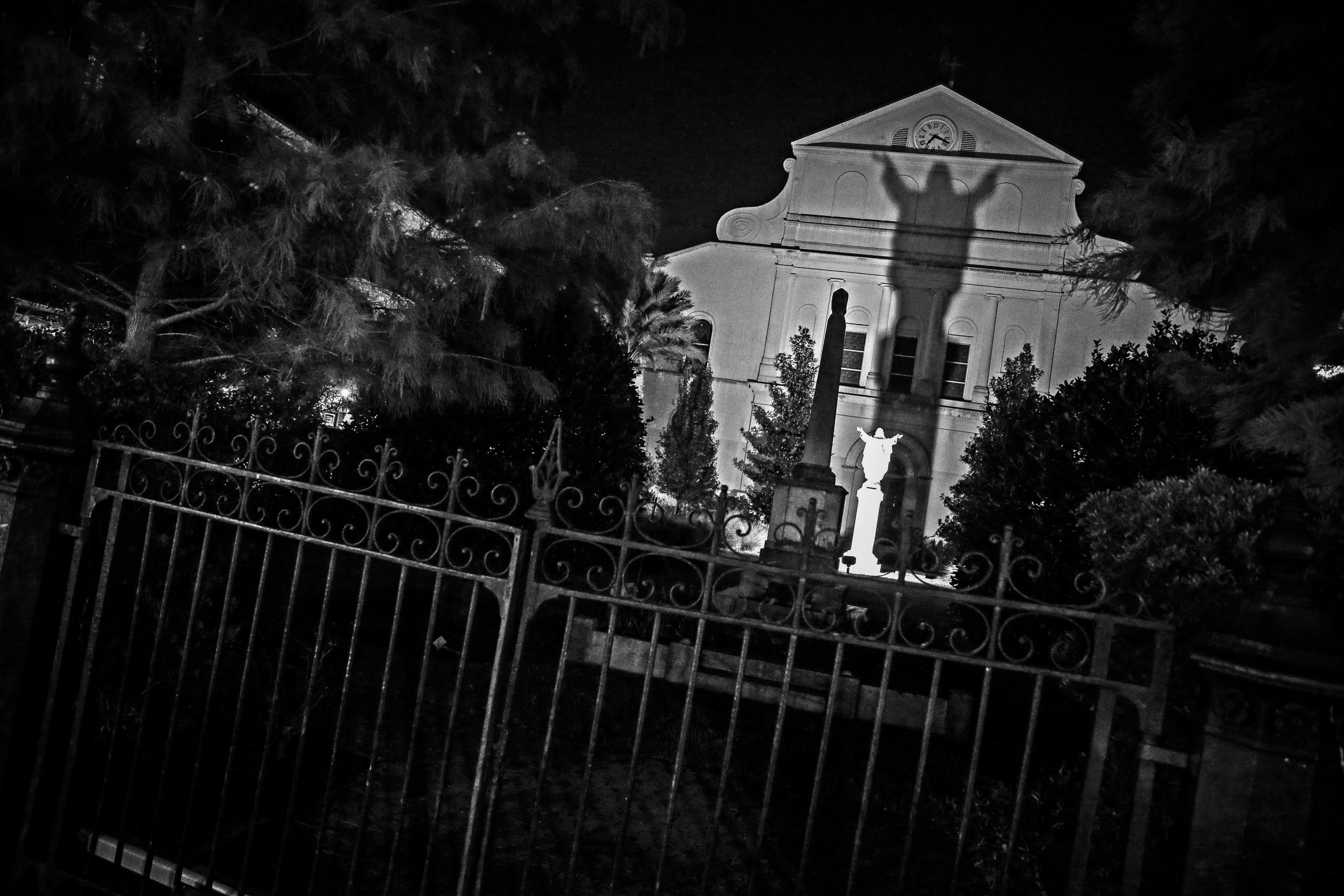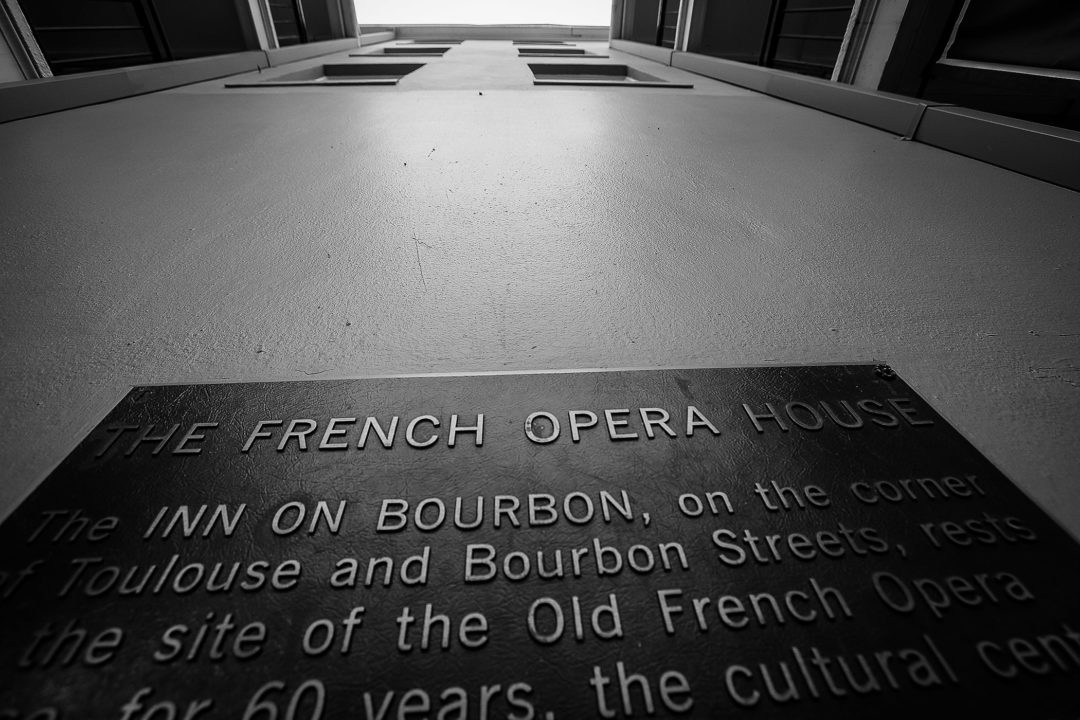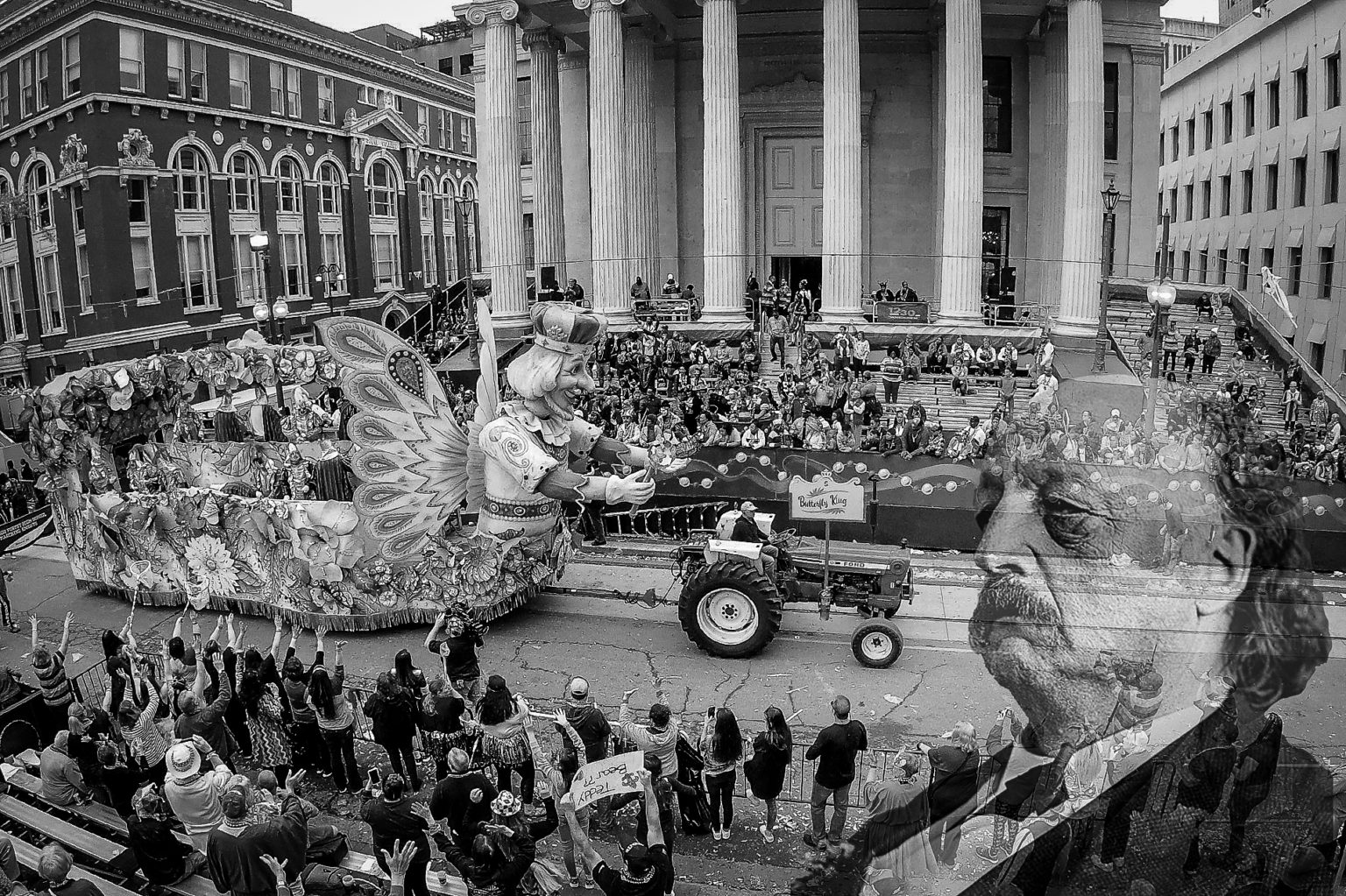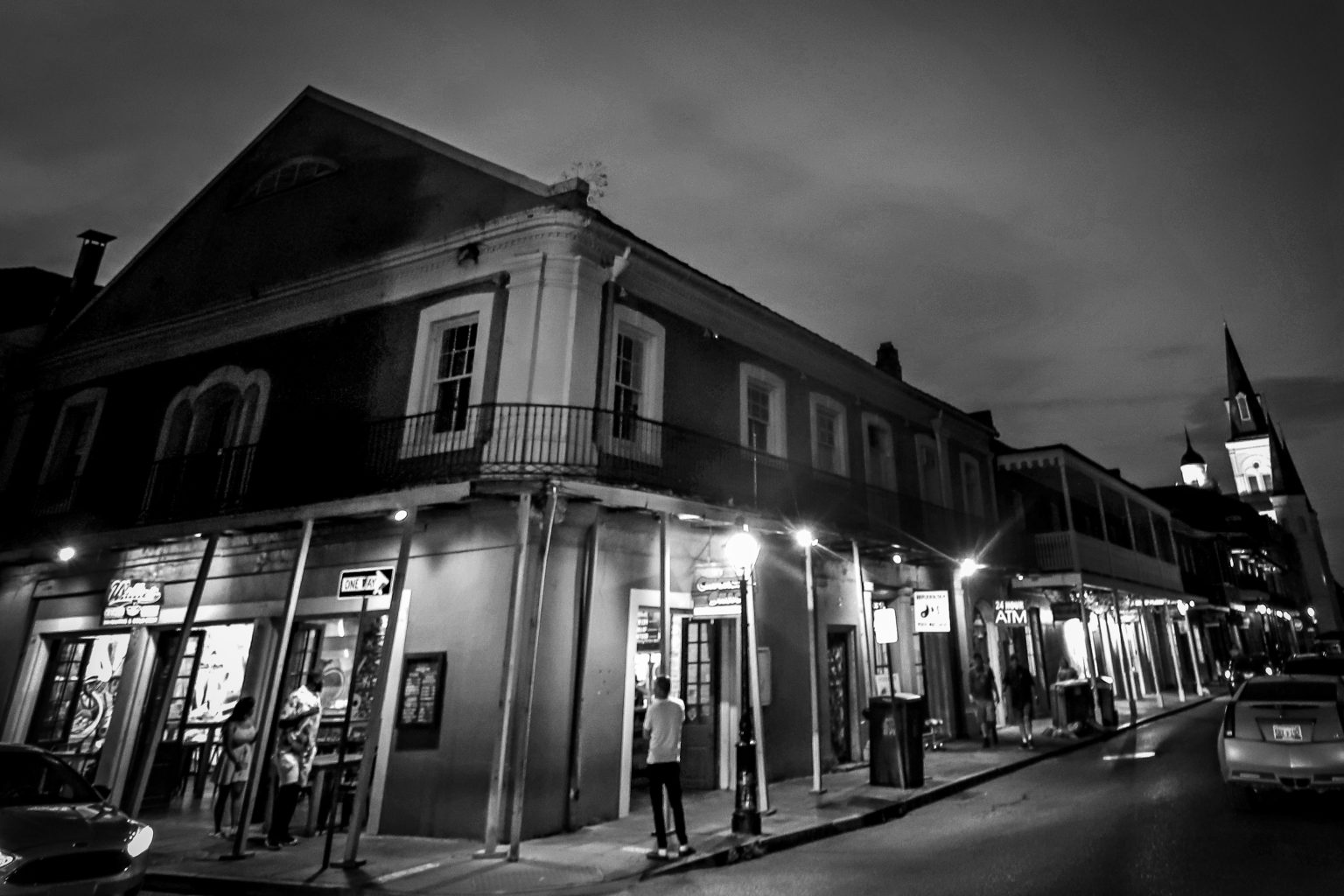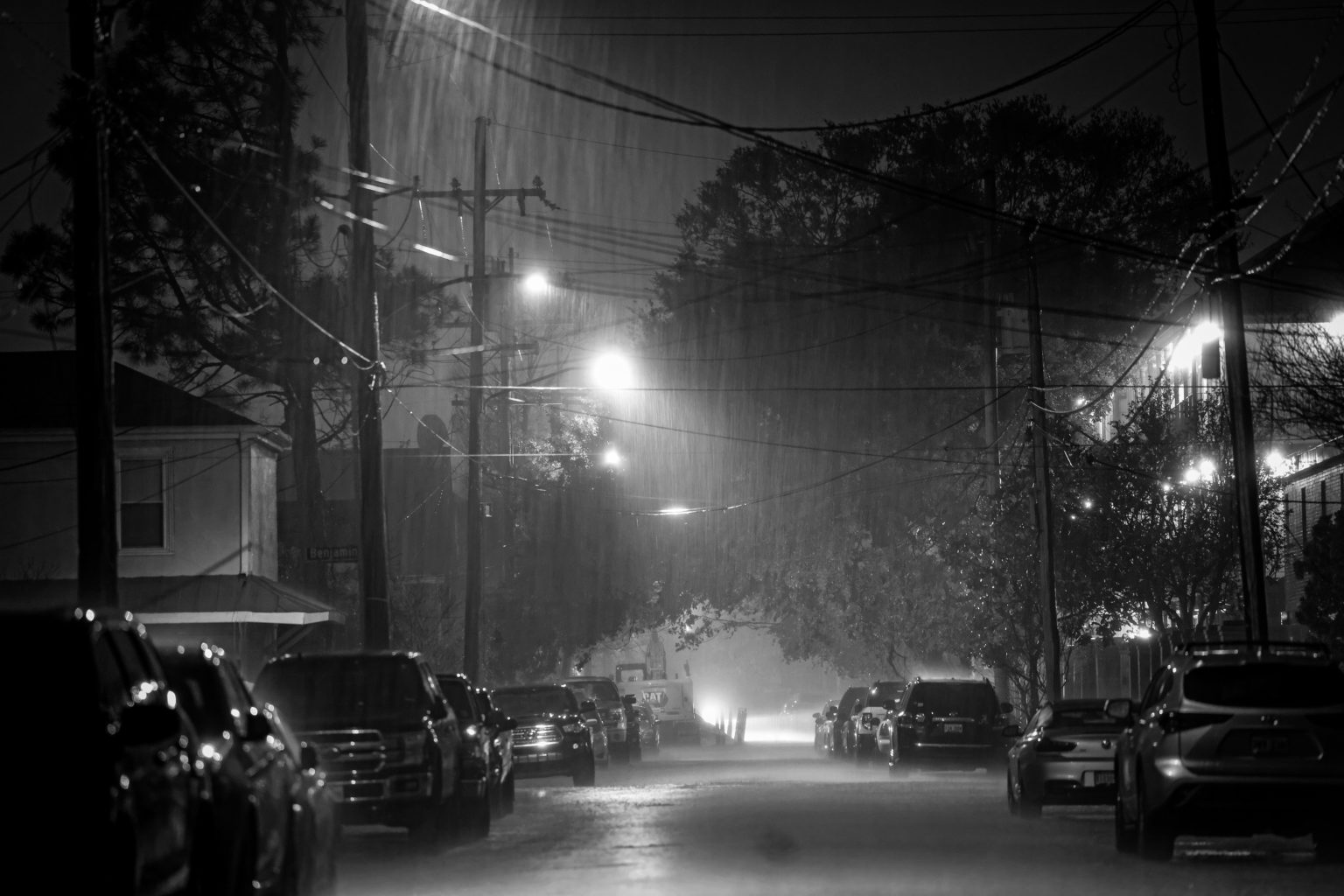We live in New Orleans, so yes, we know, there’s no shortage of ghost stories.
Yes, we all know about Madame LaLaurie and Marie Laveau, but what about the other ghosts. There’s just so many calling out for us to see them…
How The Ghost Of A Heartbroken Bourbon Street Showgirl Killed Her Lover
Hear now the tragic tale of one Marguerite O’Donnell, a Bourbon Street showgirl whose love triangle life reads like the pages of a dramatic play. Her heartbroken ghost is said to have killed her younger lover in a fiery rage, quite literally.
“Throw Me Sumthin’, Specter!” Ghosts Of The Parade Route
Revelers and krewes may not realize they are celebrating life alongside the dead, with many purportedly haunted spots on or just a doubloon’s throw away from the parade route. There are of course several parade routes in New Orleans, but the most well-traveled in some form is the route that rolls on St. Charles Avenue from Uptown to Canal Street, passing those who have already said farewell to the flesh but are still hanging around for the party. What follows, in order, are the ghostly venues Carnival parades pass as they make their way downtown.
The Ghostly Hands Of Children At The Gally House
A group wanders off Toulouse Street and into a parking lot lit by security lights and a waning moon. One by one, they step up and extend their arms into a lone window set in the concrete wall, partially blocked by four iron bars that mark it as the prison it once was. Some jerk their hands away, convinced their hands have been grasped by the ghosts of enslaved children who died while locked in these former slave quarters during the Yellow Fever epidemic of 1853.
The Fighting Ghosts Of Cherokee Street
This is the tale of an ornery old man and a mischievous little girl whose Uptown neighborhood quarrel continued beyond the grave.
The wandering statue of Storyville madam Josie Arlington’s Metairie Cemetery Tomb
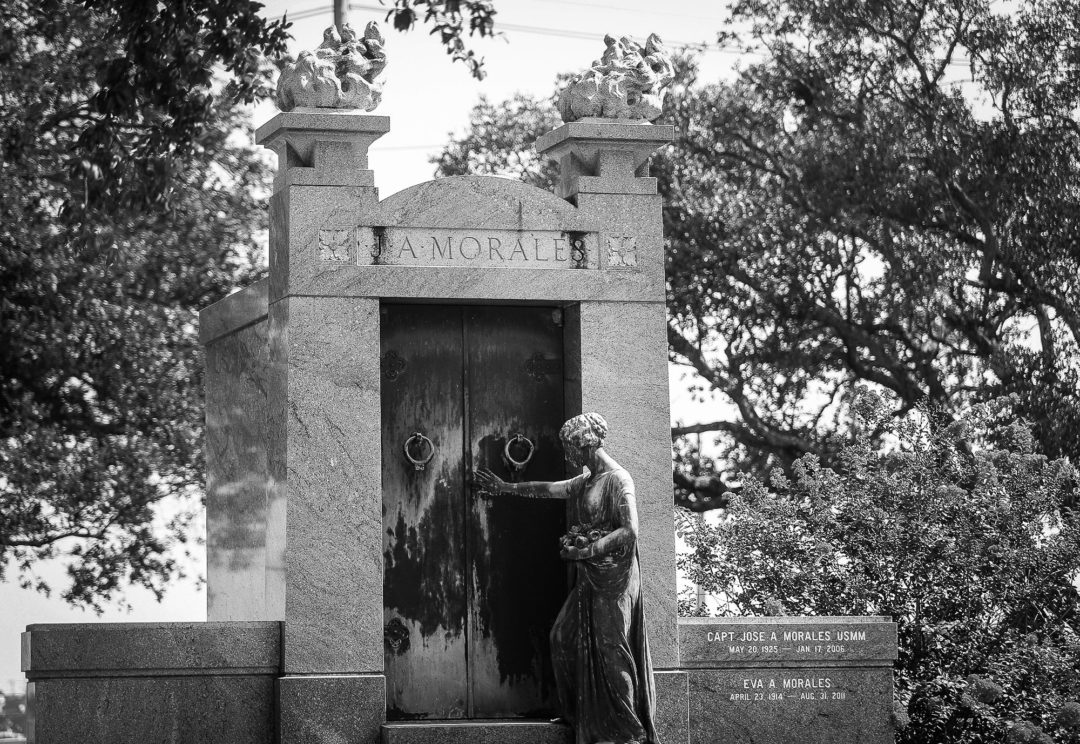
Sex, sandal and even moving a dead body all go into the tale of a Metairie Cemetery tomb. Since she couldn’t buy her way into high society during her life, she bought a glorious tomb to hold her in death. But if she thought her tomb caused a stir when she was alive, the tomb after her death brought downright chaos. Legend has it banging can be heard coming from the tomb during the night.
Horror and hauntings in a historic French Quarter pharmacy
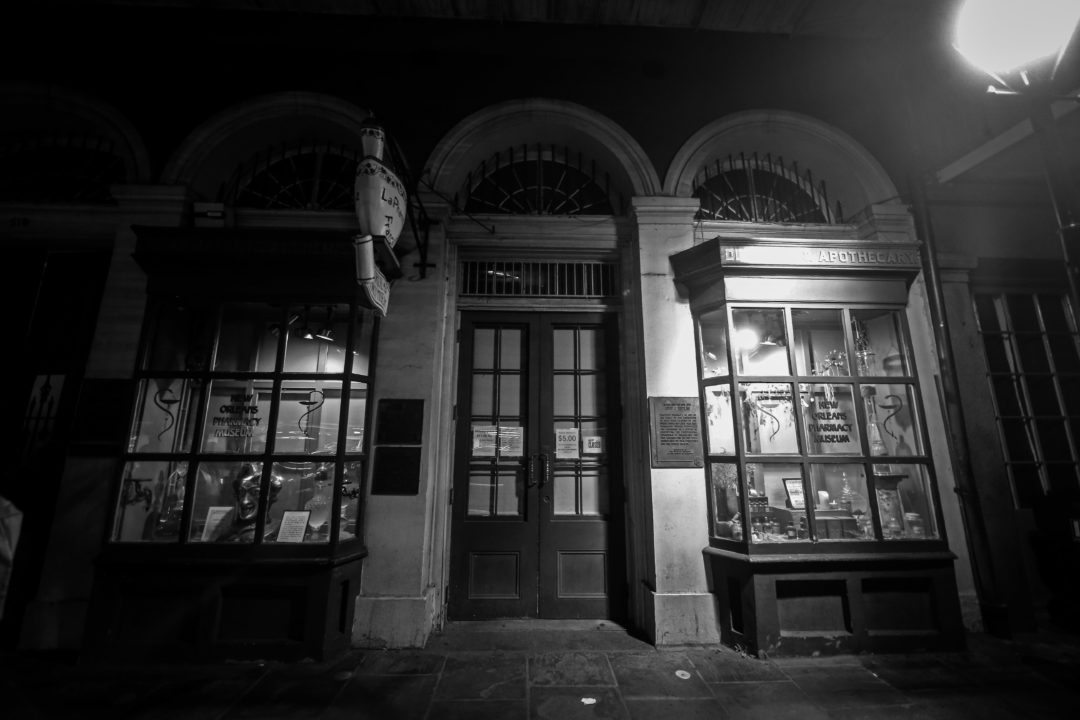
For centuries, doctors have been taught that one of the main rules of their profession is to first do no harm. A certain 19th century New Orleans pharmacist must not have been in class that day, and his horrific behavior appears to have doomed him to forever haunt his former pharmacy at 514 Chartres Street.
The three ghosts of Toulouse Street and the hauntings from a former hospital
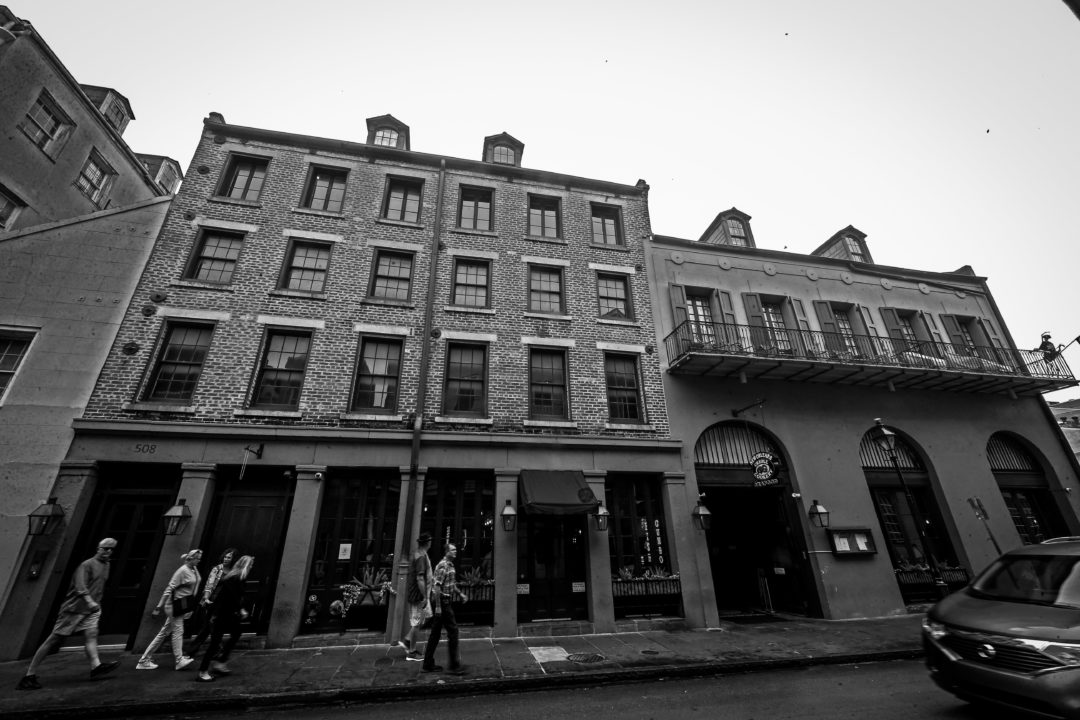
Along Toulouse Street in the French Quarter, one block is filled with more than just hungry tourists and locals passing by. From a feed store to a quarantine hospital and later a pub, three ghosts are said to be seen roaming the grounds along with the haunting cries of “Mommy! Mommy!”
Duels for ‘pride and honor’ left behind hundreds of ghosts at the Duelling Oaks in City Park
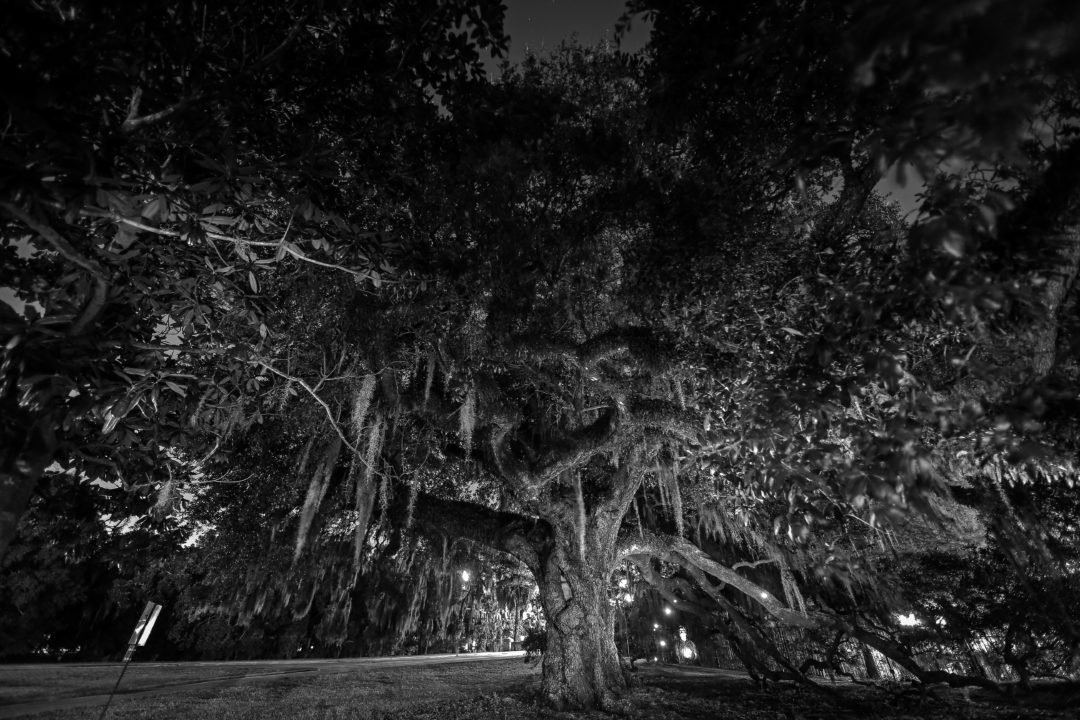
Hast thou been affronted? Did some rogue at the ball disparage the size of your holdings or seek a scandalous courtship with thine betrothed? Seeketh thou satisfaction for a scurrilous barb from some rapscallion fellow politician? Well, sir, ’tis incumbent upon thee to challenge the offending party of this heinous insult to an affair of honor, a duel with blades at dawn! Or with pistols if you prefer! Just make sure you two agree on the type of weapons (see: “bring knife to a gunfight, don’t”). This was the go-to spot during a good part of the 18th century where the hot-headed swains or insulted Creole gents of New Orleans went to settle their differences. Full disclosure: If you should happen to fatally lose this affair of honor, you may continue to haunt the place of your defeat for time immemorial.
The many hauntings of The Beauregard-Keyes House
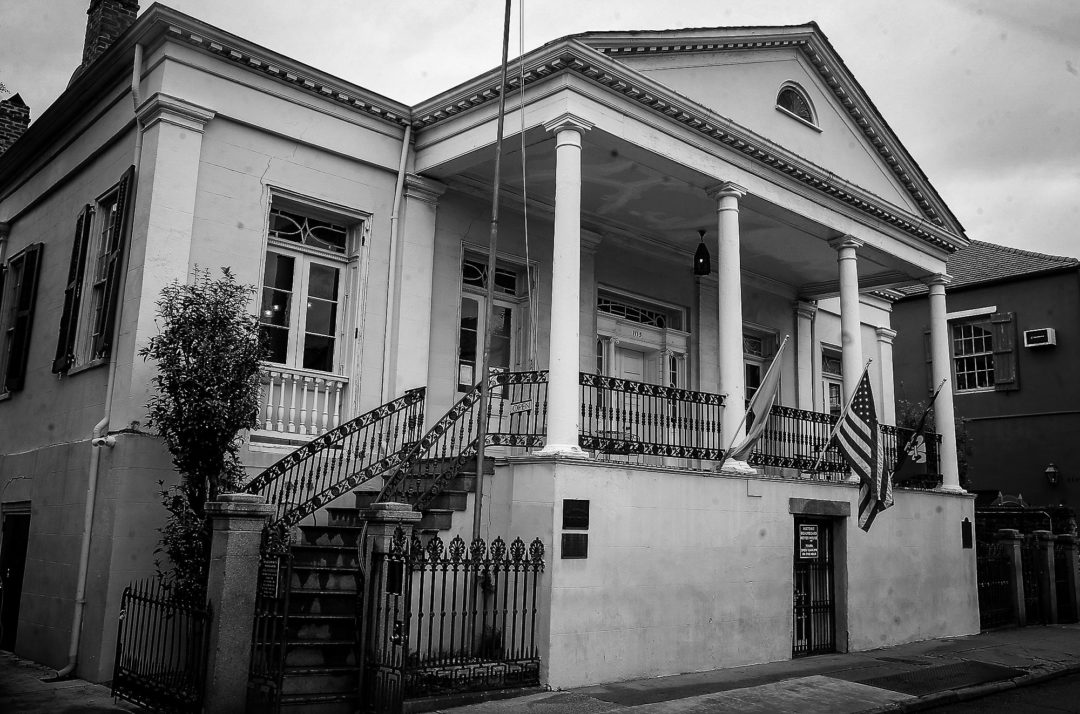
The most well-known ghost stories swirling around the Beauregard-Keyes house in the 1100 block of Chartres Street involve one of the house’s namesakes, Confederate General P.G.T. Beauregard. But even beloved family pets are still said to roam the hallways of this home built in the 1800’s.
Mona Lisa, the heartbroken ghost of City Park
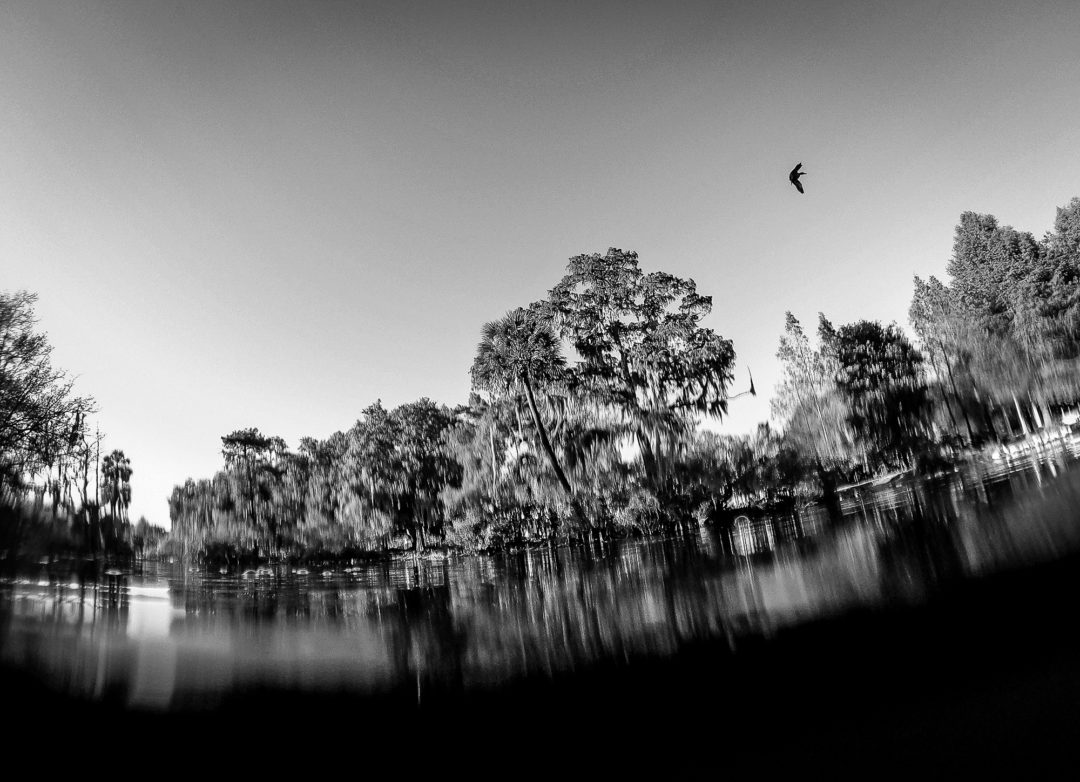
When you think of Mona Lisa, hopefully Leonardo DaVinci’s famous painting of a smiling woman leaps to mind — not the terrifying image of a ghostly young woman emerging from the dark to claw at your car window. At least I hope that is the case. But you might be one of the many young (or formerly young) people who, over the years, have been visited by the ghost of Mona Lisa while “parking” at night on Mona Lisa Drive in New Orleans City Park.
The freezing ghost on a Royal Street rooftop
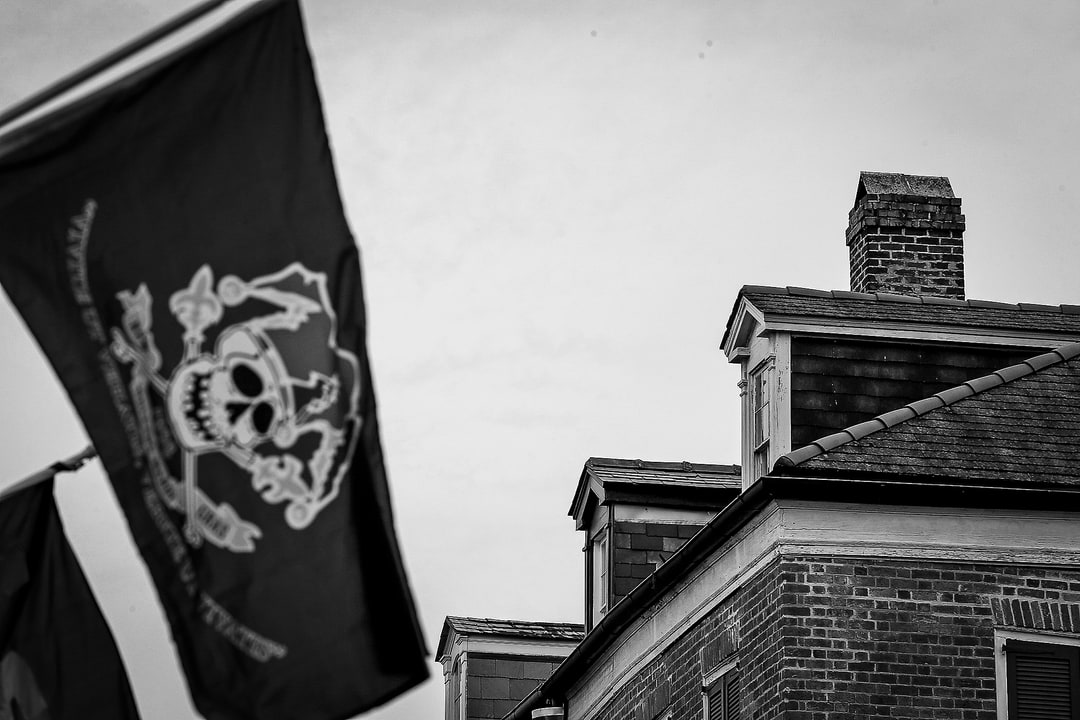
It was a dark and stormy night … and as legend has it, a smitten young woman trying to prove her love died of exposure on a French Quarter rooftop. Since that fateful winter night, her golden ghost, without a stitch of clothing on, haunts the rooftop, shivering and pacing through the night before collapsing just before dawn.
This monk’s ghost heard singing New Orleans’ praises in French Quarter on rainy days
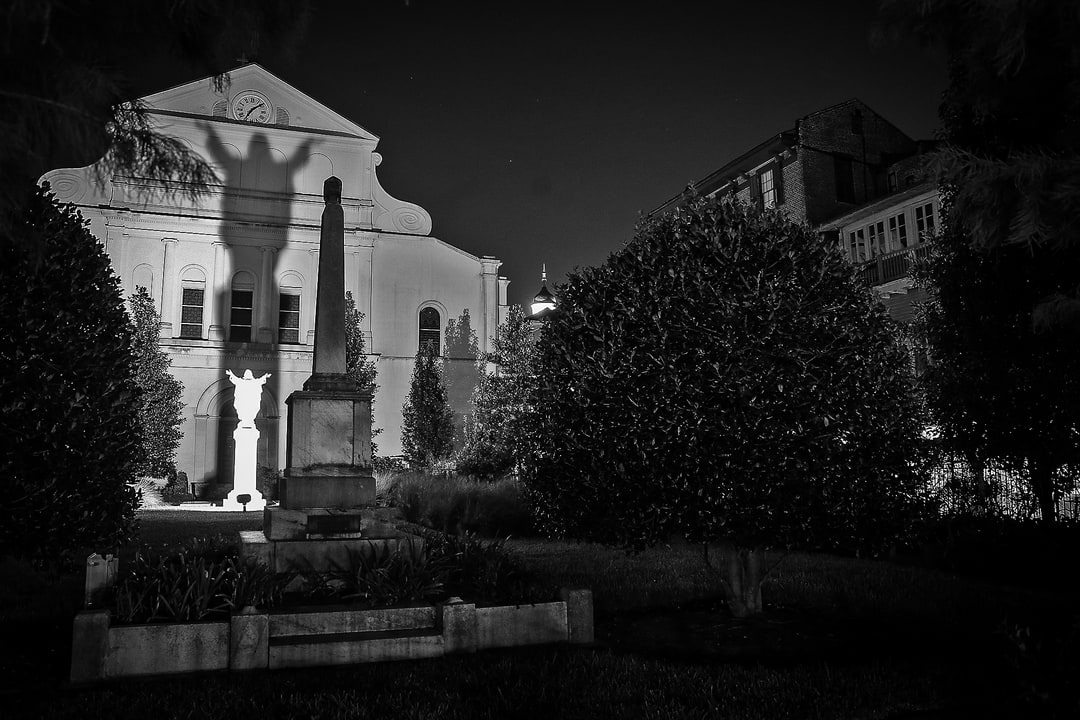
Not every ghost that haunts New Orleans is some malevolent specter paying for their evil deeds in the afterlife or a lingering victim of a tragic demise; one particular ghost is a heroic, singing 18th-century icon who clearly loves New Orleans too much to leave it. Pere Dagobert de Longuory was a Capuchin monk who moved to New Orleans from Quebec in 1722. He was short and plump, or tall and handsome, depending on the source. For the next half century, he was a beloved spiritual and community leader. In true New Orleans fashion, he enjoyed his food, wine and music. He was said to have a beautiful baritone singing voice. His charity to the poor, his attendance at neighborhood social events, and his treatment of the sick and downtrodden made him a hugely popular figure to the people of old New Orleans.
Slaughter at the sultan’s French Quarter palace
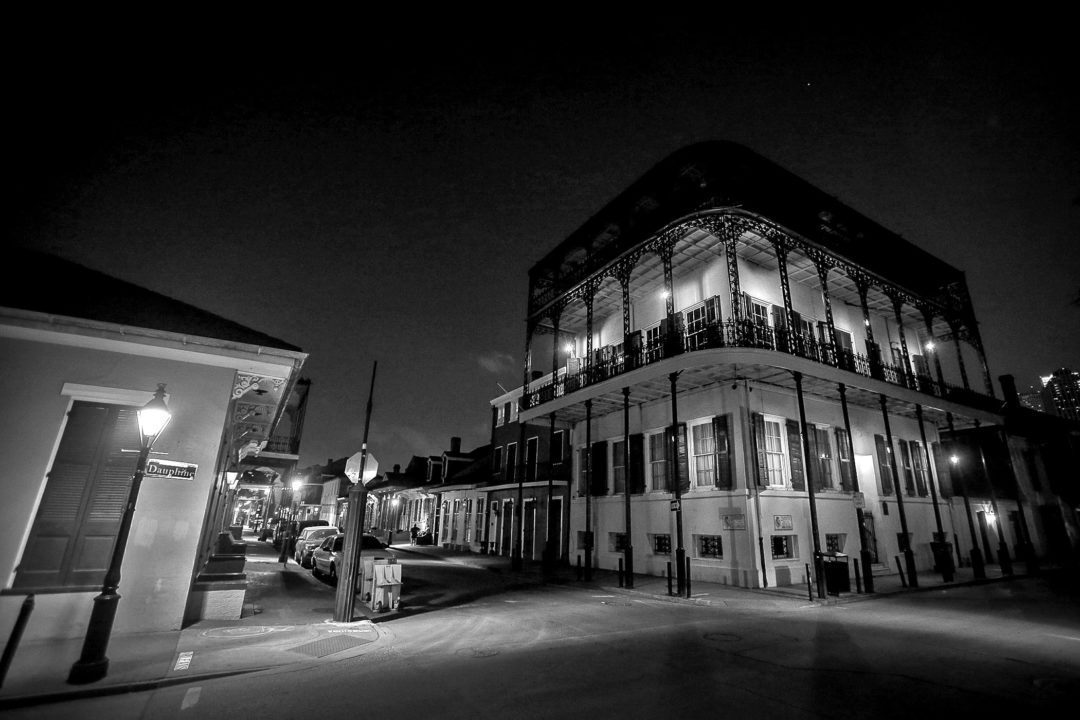
Blood pouring into the streets, scores of hacked limbs strewn about a stately mansion, a Sultan’s brother buried alive in the garden. Wild parties, foreign intrigue, mass murder, brutal revenge! Sex! Pirates! And in the aftermath, the macabre haunting of one of the French Quarter’s most venerable buildings. Let us journey back nearly three centuries, for that is when our limb-lopping tale begins.
The old Carrollton jail and the ghostly prisoners that can’t escape
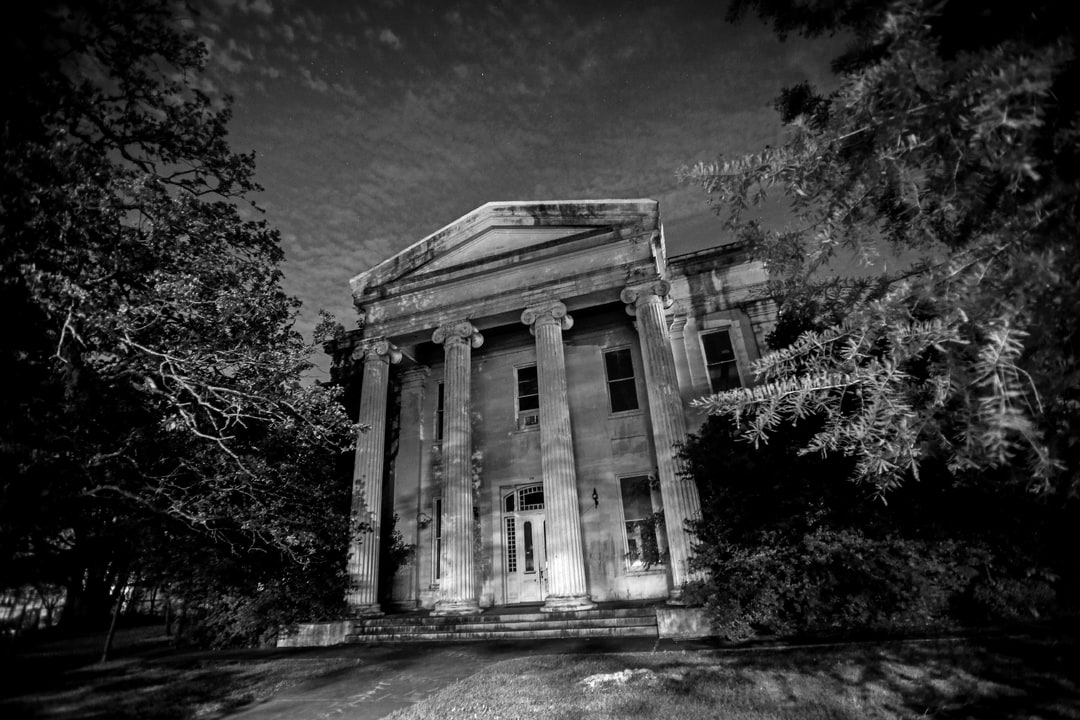
A startling headline greeted New Orleanians in the final days of the 19th century: “Real Ghost Story: The Old Carrollton Jail is Said to be Haunted.” The ghostly tales didn’t waft out of the drunk tank nor were they screamed from a padded cell; The witnesses to these otherworldly events were “nine peculiarly levelheaded and unimaginative men – members of the police force.” Today, the courthouse still stands empty while behind it, weeds break through the cracked concrete playground where the courtyard gallows once stood, surrounded by the brick walls of the prison that evil could not escape.
The plague, the promise and the ghost dog of St. Roch Cemetery
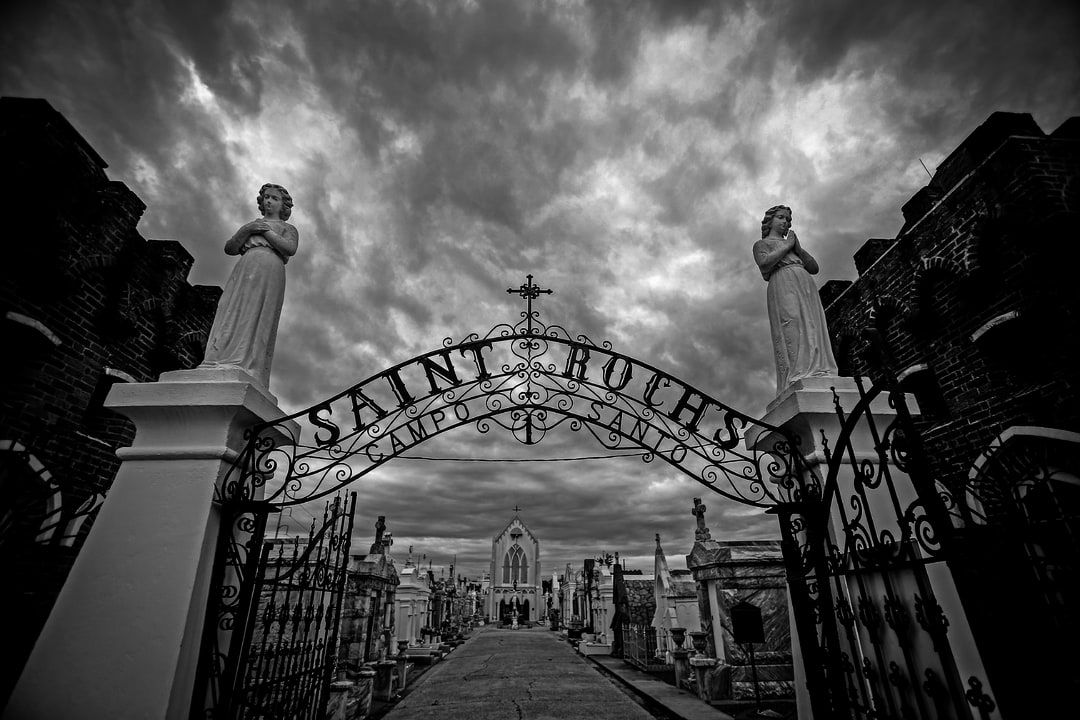
Today, a wrought-iron entrance gate on St. Roch Avenue is flanked by two angels, statues who reportedly lost their wings in a long-ago hurricane (which is just so New Orleans). The cemetery is said to be haunted by two ghosts, a priest and a dog, who’ve never left.
The Marigny’s madame and her loyal ghost terrier
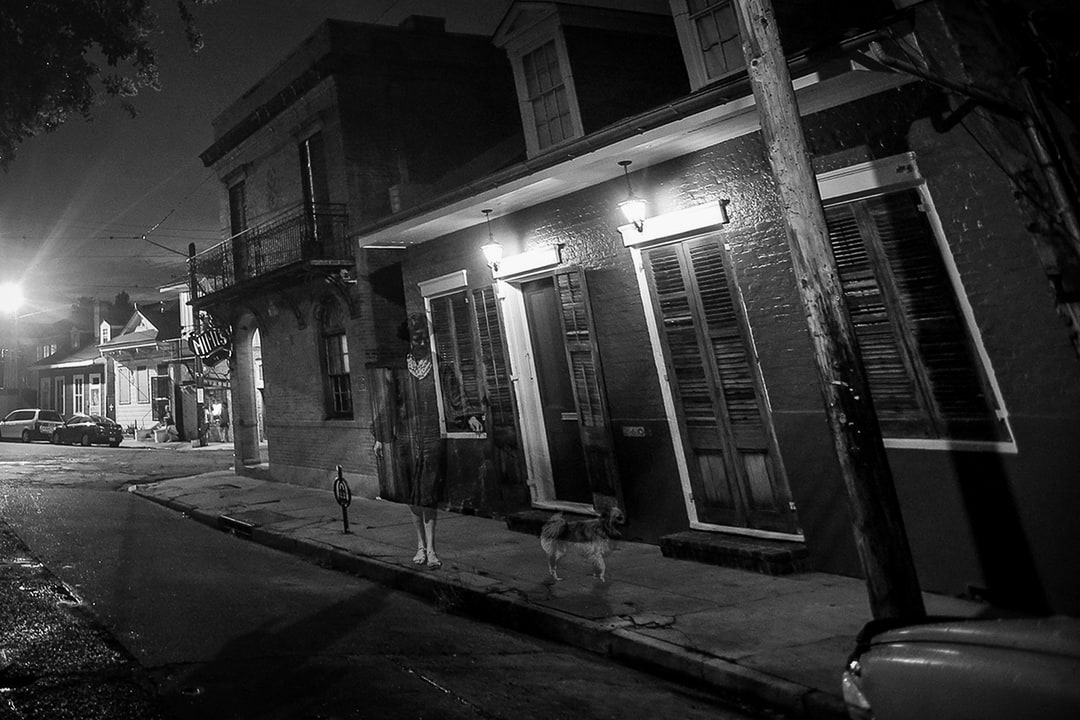
Madame Mineurecanal was a solitary woman who lived alone with her beloved white terrier in the 1830s Creole-style townhouse at 2606 Royal Street early in the 20th century. She was well-known in her Faubourg Marigny neighborhood but while she always had a smile for her neighbors, she rarely stopped to talk when walking her little dog in the block. What her neighbors didn’t know was the heartbreak she battled on a daily basis.
When the devil lived on St. Charles Avenue and ate his wife
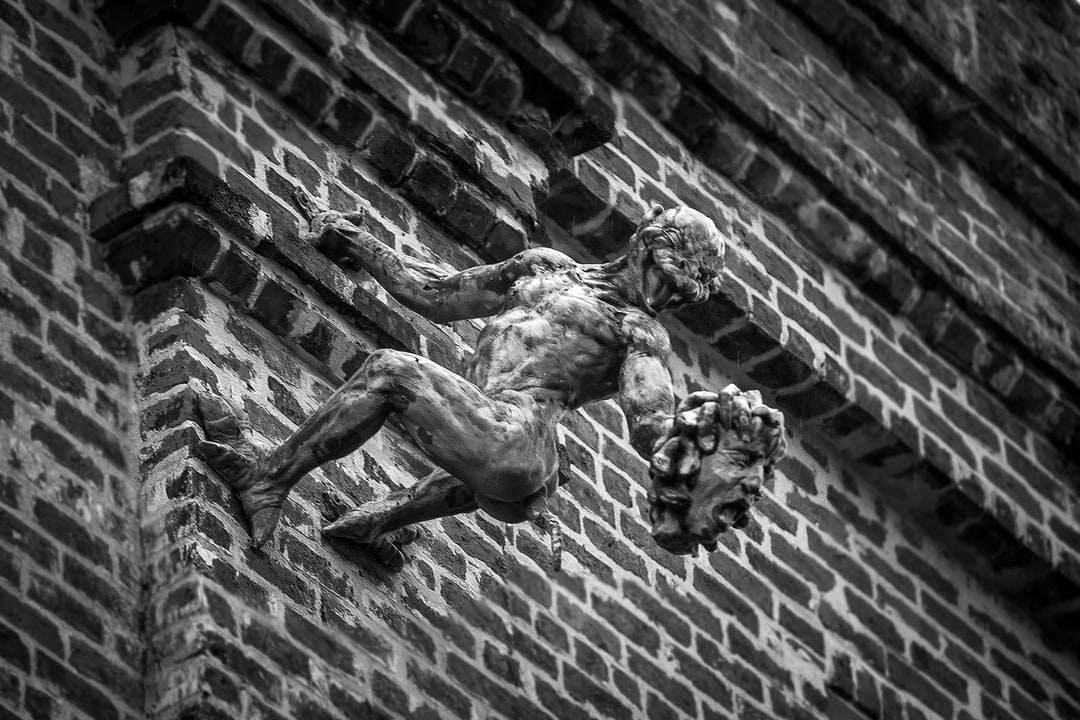
The legend goes that the Devil just decided sometime in the 1820s to live in New Orleans, probably because he was used to its infrastructure and weather. Around 1840, Old Scratch took one Madeleine Frenau as his wife and built a mansion for her at 1319 St. Charles Avenue. While some say the mansion appeared overnight, others said it was built in just seven days. The Devil’s pale, dark-haired mistress (think a French Elvira) loved the new house, which was reportedly staffed by little red demon cooks, housekeepers and servants, like an eternally damned Downton Abbey. When the Devil went out of town on business, Madeleine began an affair with a local Creole gentleman named Alcide Cancienne. The two carried on for some time; one can imagine the demon servants placing bets on whether the tryst would turn out badly. Spoiler alert: it did.
Blood still drips from the attic of the Griffon House
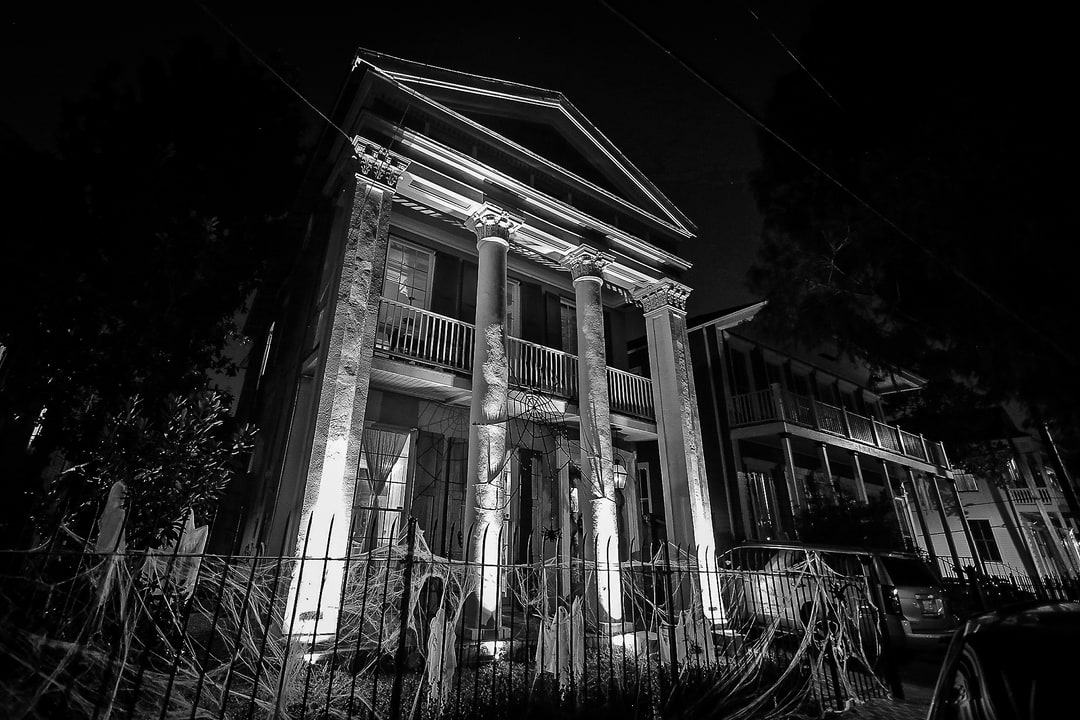
Slaves were left for dead at this Lower Garden District home, but it’s soldiers who haunt from the attic. In 1936, when the building housed the lamp factory, a janitor working late on the second floor was shocked when a door burst open and a pair of boots (without legs in them) came pounding through the room accompanied by the sound of “John Brown’s Body” being belted out by a pair of unseen men. He quit his job on the spot. That same year, the factory’s owner Isadore Seelig reported that upon arriving at the foot of the main stairs one day, a cement block flew at her from the second floor. An immediate search of the upstairs found nothing and no one.

